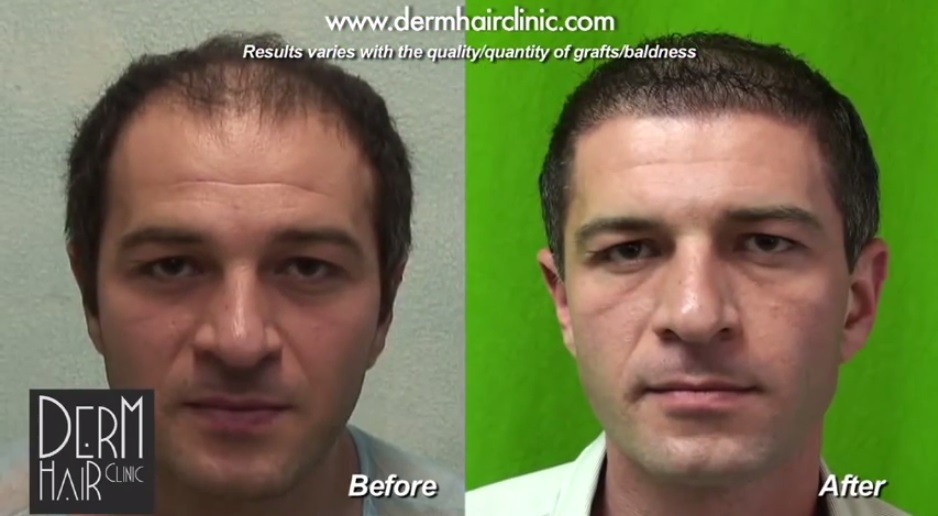In the second year, following this peak, it is possible to see how well the results are sustained.
Timeline for Propecia Action – First Six Months
In the first six months, there is likely to be a wide variation of responses among patients. Some patients will start noticing the benefits of their daily intake at only three months. This is why you may find sources which cite three months as the time frame during which improvements may become apparent.
One of the most common changes to note in the first six months is the shedding of large quantities of hair. For some individuals, this can be quite alarming. However, it does not mean that the medication is somehow making their hair loss worse. What is happening is that the old hair shafts are falling away as new ones are being produced and preparing to emerge. So this is usually a good sign.
Six to Twelve Months After Starting Finasteride
During this time interval, signs of improvement start to become more apparent with peak benefits often being apparent at twelve months.
Usefulness of the Two Year Timeline for Propecia in Younger Patients
Age is an important consideration in evaluating timeline for Propecia results to manifest. Although there are exceptions, it is generally not a good idea for individuals in their twenties to undergo hair transplant procedures. During this time, they will continue to lose more of their natural hair. And this will persist even after their surgery. Additional operations will be needed to repair patches of baldness which emerge outside the transplanted areas.
This is why the use of Finasteride is a possible option for younger patients to consider before making the decision to undergo surgery.
A two year time period would offer a sufficient window of opportunity to see if substantial benefits can be gained from using the hair loss drug. If patients are experiencing the outcome they want, they can choose to stay on the medication. If they are experiencing no benefit or do not wish to rely on the drug indefinitely, they may then consider a hair transplant procedure.
The Effectiveness of Hair Loss Medication Depends on the Phase of Miniaturization
Miniaturization of the hair follicles is a gradual process. Therefore, one can imagine that in the earliest stages, the follicles have not yet lost their ability to produce new hair. But this is certainly the case in later stages.
Drugs for managing hair loss cannot reverse the process of follicular shrinking. But they can help prevent the further decline. And this can be quite advantageous for structures which have undergone some damage from DHT, but whose hair production processes have not yet been affected.

